Five Fitness Myths Busted
By now you know that certain myths simply aren’t true – weights don’t make you bulky, diets are typically a bad idea, and that fat physiologically can’t be transformed into muscle.
 So, I’m going to focus more on five fitness myths busted that won’t be true anymore for you after today! First of all, let’s start with that famous phrase I’m sure you’ve heard before.
So, I’m going to focus more on five fitness myths busted that won’t be true anymore for you after today! First of all, let’s start with that famous phrase I’m sure you’ve heard before.
1. Eat less and move more to lose fat. While this might work in the short-term, it doesn’t work for the long-term. You can only eat SO MUCH less and move SO MUCH more. The solution is to focus on food quality and portion size first.
2. Cardio is best for fat loss and for re-shaping your body. Actually, to achieve this, you should focus on weight training. Similarly, this applies to body weight training or actual weight training. Adding muscle to your body will not only re-shape it into a more athletic, more defined look, but it will also increase your metabolic efficiency since muscle burns more calories at rest than fat.
3. Fat makes you fat. Sure, fast food, fried, and processed fats are absolutely no good. But naturally occurring fats like avocados and nuts are shown to have tremendous benefits on a desirable body composition. So, eat good fat to lose fat! About 1-2 tablespoons per meal is ideal.
4. Sit-ups and other “ab” exercises give you abs. It’s actually mostly great nutrition that will reveal abdominal muscles. Real core-strengthening exercises like planks, deadlifts, and kettlebell swings can also help with this!
5. Keeping a food journal will help you monitor and control what you eat. Let me caveat this one. Above all, I’m a big believer in food journals! BUT only if you tell the truth. ☺ You can’t forget anything for this to be effective. And you can’t back track and try to remember what you ate the past 3 days and still expect an insightful outcome. Do it right and it works! Do it wrong and it’s not a great use of time.
Originally printed on Move Well Fitness blog. Reprinted with permission.
Maurice D. Williams is a personal trainer and owner of Move Well Fitness in Bethesda, MD. With almost two decades in the industry, he’s worked with a wide range of clients, including those with health challenges like diabetes, osteoporosis, multiple sclerosis, hypertension, coronary artery disease, lower back pain, pulmonary issues, and pregnancy. Maurice is also a fitness educator with Move Well Fit Academy and NASM.


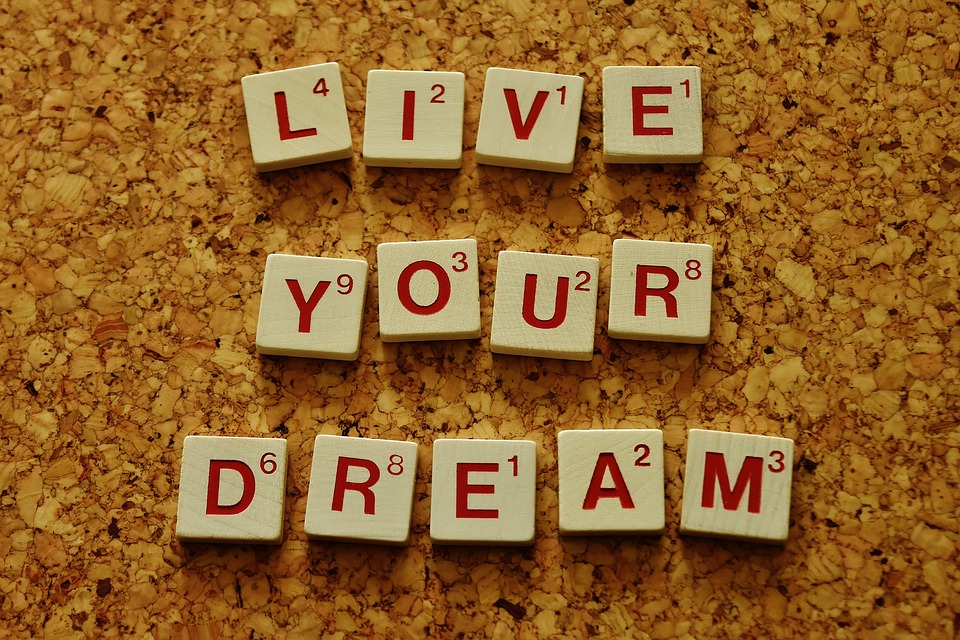

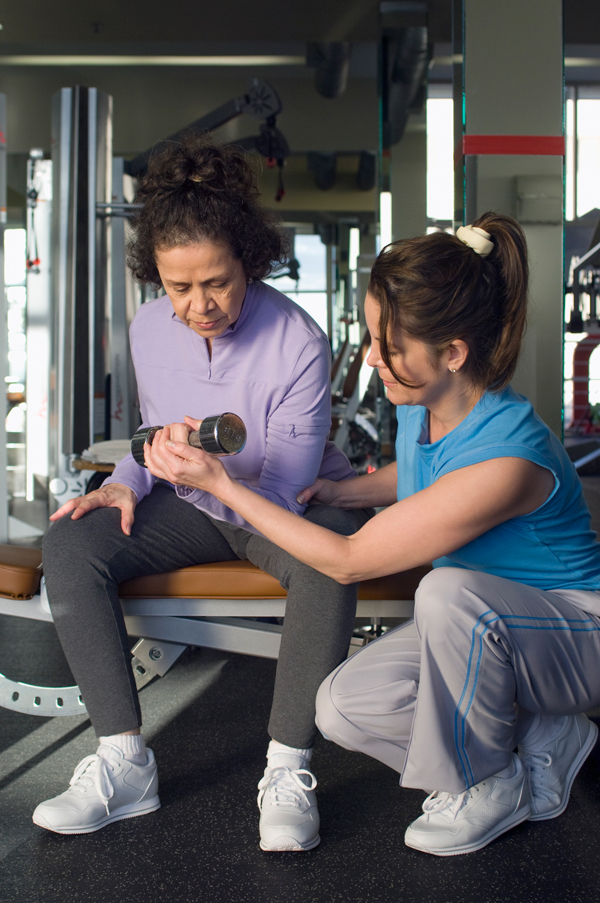 Scheduling time to work on building muscular strength and endurance is critical to a healthy and fit body. Your commitment to creating and maintaining your existing lean mass is VITAL so start with 2-3 days and build your program to suit your needs. Consider all your options (machines, free weights, body weight exercises etc.). Seek guidance from a fitness professional to assist you in planning your training especially if you lack proper training and experience – better “safe than sorry”!
Scheduling time to work on building muscular strength and endurance is critical to a healthy and fit body. Your commitment to creating and maintaining your existing lean mass is VITAL so start with 2-3 days and build your program to suit your needs. Consider all your options (machines, free weights, body weight exercises etc.). Seek guidance from a fitness professional to assist you in planning your training especially if you lack proper training and experience – better “safe than sorry”!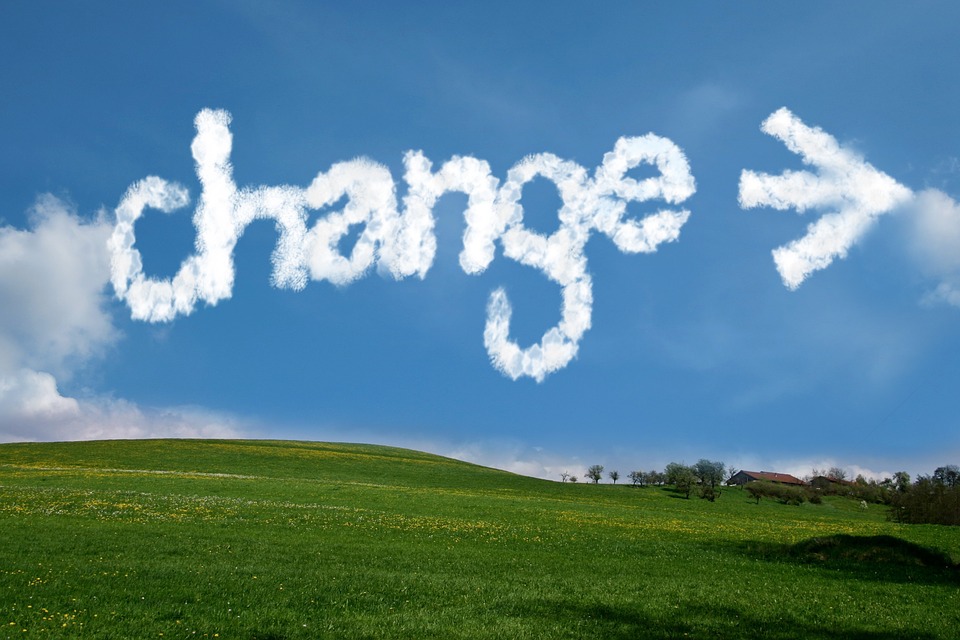

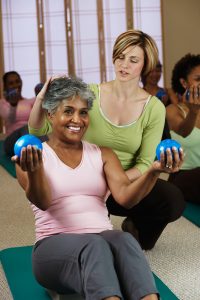 With this thought in mind I would like to share some thoughts with you on how you might make your efforts at becoming fit more fruitful, enjoyable, engaging and successful. Take time to reflect on your current efforts in this vital area of life and think about what it is you would REALLY like to accomplish going forward in life from a new perspective on “getting in shape”.
With this thought in mind I would like to share some thoughts with you on how you might make your efforts at becoming fit more fruitful, enjoyable, engaging and successful. Take time to reflect on your current efforts in this vital area of life and think about what it is you would REALLY like to accomplish going forward in life from a new perspective on “getting in shape”. “Doing” is the backside of “being”. BE yourself FIRST as you ARE and then move forward one day at a time, one exercise at a time. If you can’t walk comfortably set your sights on training to become comfortable walking. If can’t walk upstairs without getting out of breath – or carry your groceries while you do – then add strength training to your programming.
“Doing” is the backside of “being”. BE yourself FIRST as you ARE and then move forward one day at a time, one exercise at a time. If you can’t walk comfortably set your sights on training to become comfortable walking. If can’t walk upstairs without getting out of breath – or carry your groceries while you do – then add strength training to your programming. Hey! Did you know that all pain is all in your head? It doesn’t mean you don’t have real pain when something to cause pain happens, or that chronic pain is not real. Feelings of pain are very real and are initiated by the brain for a very important basic reason…to keep you safe.
Hey! Did you know that all pain is all in your head? It doesn’t mean you don’t have real pain when something to cause pain happens, or that chronic pain is not real. Feelings of pain are very real and are initiated by the brain for a very important basic reason…to keep you safe.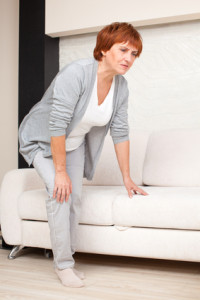 There is growing evidence that chronic pain is caused by multiple factors including cognitive, physiological, and behavioral factors. If you are working with clients or interacting with a family member with chronic pain, it is important to understand that it is not just simply a physiological response to pain. It is important to effectively influence a client’s attitude, cultural background and belief system-which influences social norms and perceived behavioral control. To achieve the highest positive health/fitness results among the chronic pain population, it is important to know and understand your client as a whole person.
There is growing evidence that chronic pain is caused by multiple factors including cognitive, physiological, and behavioral factors. If you are working with clients or interacting with a family member with chronic pain, it is important to understand that it is not just simply a physiological response to pain. It is important to effectively influence a client’s attitude, cultural background and belief system-which influences social norms and perceived behavioral control. To achieve the highest positive health/fitness results among the chronic pain population, it is important to know and understand your client as a whole person.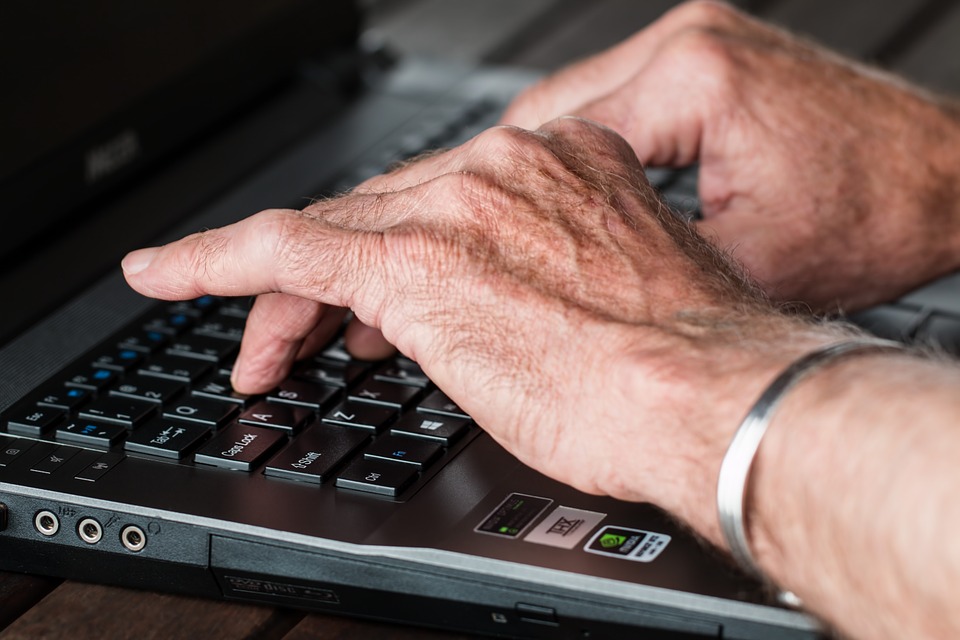
 In examining this subject I have found myself wondering about the challenges that this complex issue of technology and its impact on our lives is having. The reality is that NO ONE really knows what the impact of technology and our way of life holds in store for any of us. We DO know there is going to be a “reckoning” and that if we remain seated and stressed then significantly negative consequences will surely emerge. These include ongoing chronic medical issues such as heart disease, diabetes, and mental disturbances of all kinds to name a few. Finally an unhealthy aging process where people of all ages will be treated for these and other conditions will become a daily part of life for families all over America.
In examining this subject I have found myself wondering about the challenges that this complex issue of technology and its impact on our lives is having. The reality is that NO ONE really knows what the impact of technology and our way of life holds in store for any of us. We DO know there is going to be a “reckoning” and that if we remain seated and stressed then significantly negative consequences will surely emerge. These include ongoing chronic medical issues such as heart disease, diabetes, and mental disturbances of all kinds to name a few. Finally an unhealthy aging process where people of all ages will be treated for these and other conditions will become a daily part of life for families all over America.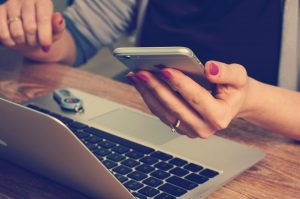 From that moment on the world changed and with Steven Job’s invention of the cell phone a decade later the change became REAL and LASTING. We now live in a “seated world” where the only movement people get is when they get out their cars to do something that they CAN’T do from their cars. We line up at the drive through for banking, food and other services that keep us from walking. People even order at the drive through and now employees “walk” their order out to their cars. People SIT in their cars with the engine running eating their fries and burgers. I see this everyday also and it makes me wonder how their lives will turn out. Will they live lives of fulfillment and excitement and health or be in hospitals for “procedures” to keep them alive?
From that moment on the world changed and with Steven Job’s invention of the cell phone a decade later the change became REAL and LASTING. We now live in a “seated world” where the only movement people get is when they get out their cars to do something that they CAN’T do from their cars. We line up at the drive through for banking, food and other services that keep us from walking. People even order at the drive through and now employees “walk” their order out to their cars. People SIT in their cars with the engine running eating their fries and burgers. I see this everyday also and it makes me wonder how their lives will turn out. Will they live lives of fulfillment and excitement and health or be in hospitals for “procedures” to keep them alive? As my dear friend Edith Bird has said to me on numerous occasions: “Getting old is NOT for sissies”! Edith is 84 and works out four times a week doing cardio and weights and stretching. She has a wonderful soul and never makes excuses while being blessed with a wonderful heart and nature. I respect her and admire her. I tell her she is MY role model and we laugh and enjoy the time we spend together at the gym – and then we go our separate ways until the next time we see each other.
As my dear friend Edith Bird has said to me on numerous occasions: “Getting old is NOT for sissies”! Edith is 84 and works out four times a week doing cardio and weights and stretching. She has a wonderful soul and never makes excuses while being blessed with a wonderful heart and nature. I respect her and admire her. I tell her she is MY role model and we laugh and enjoy the time we spend together at the gym – and then we go our separate ways until the next time we see each other.
 Research Benefits
Research Benefits
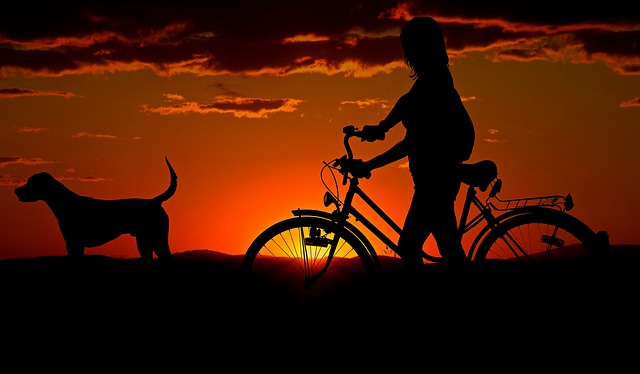 What will your priorities be going forward? Will you really care if you have the most recent technological advancement or will you set other priorities for yourself? Only YOU can decide how you want to integrate the hours of your day with the technology you have and use daily. As a practical matter it is through our choices that we determine the course of our lives and if we choose to spend them staring at our phones life WILL indeed pass us by. We will be sick, fat, and on drugs as we enter the very years that we wanted to enjoy. Is this you now or will you decide to change that future today by making new choices that give you time “to be” the best version of yourself that you can imagine?
What will your priorities be going forward? Will you really care if you have the most recent technological advancement or will you set other priorities for yourself? Only YOU can decide how you want to integrate the hours of your day with the technology you have and use daily. As a practical matter it is through our choices that we determine the course of our lives and if we choose to spend them staring at our phones life WILL indeed pass us by. We will be sick, fat, and on drugs as we enter the very years that we wanted to enjoy. Is this you now or will you decide to change that future today by making new choices that give you time “to be” the best version of yourself that you can imagine?